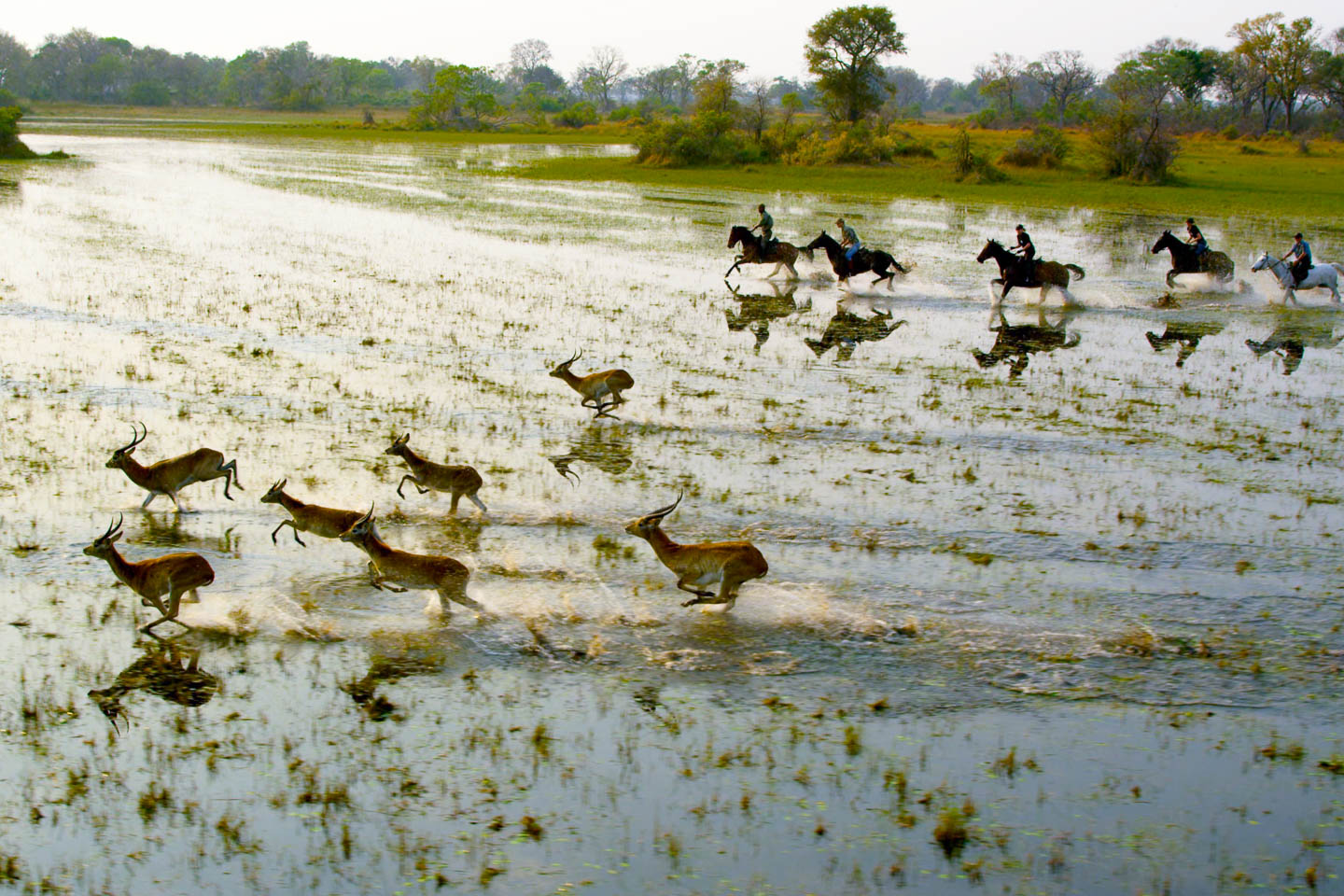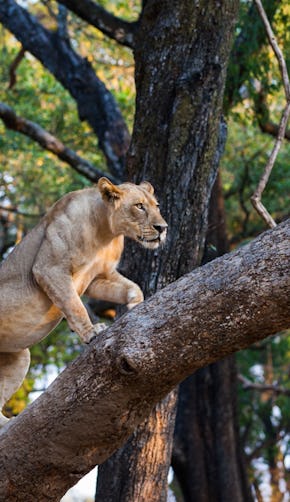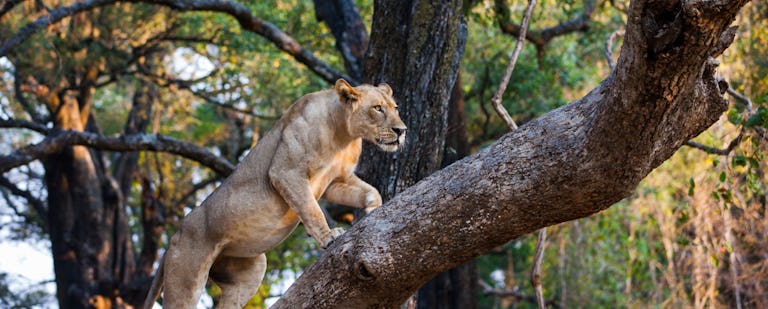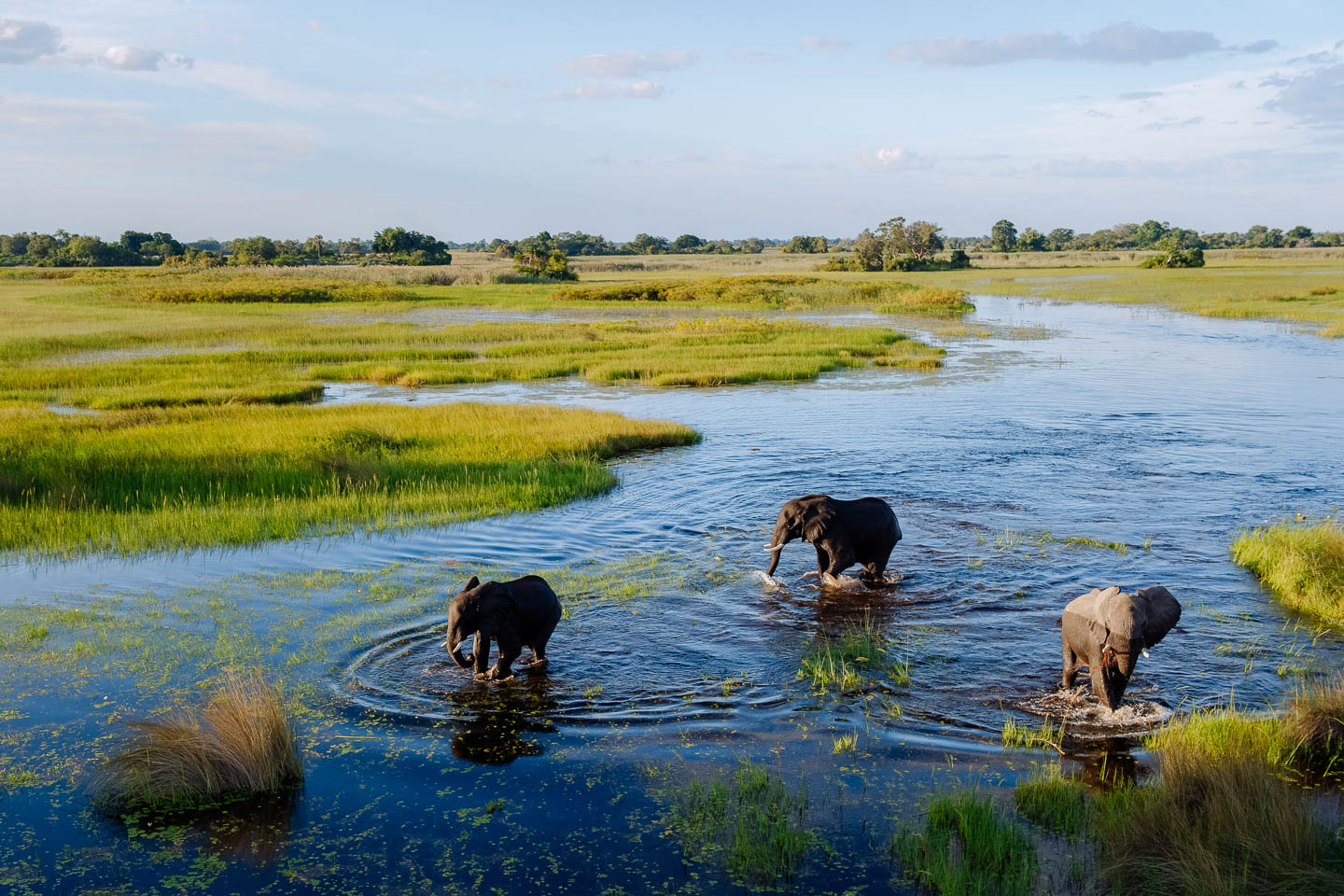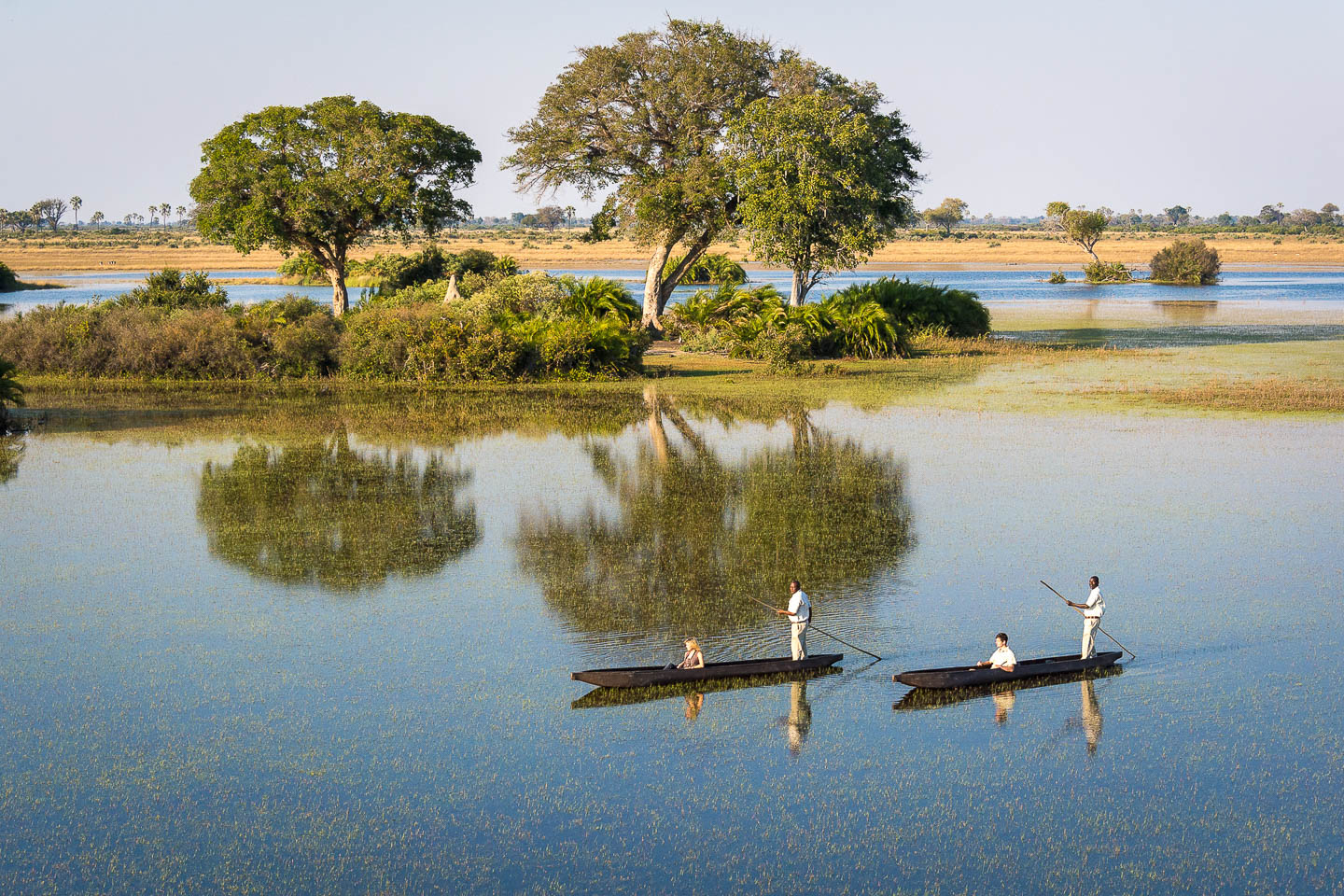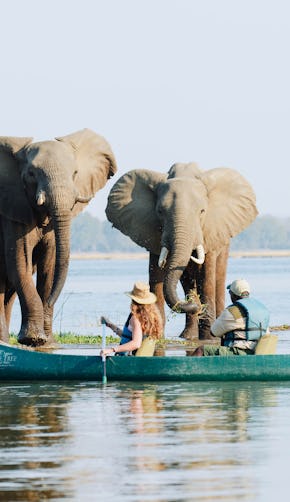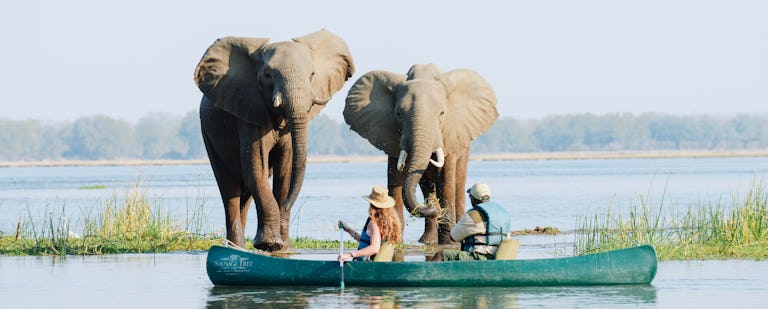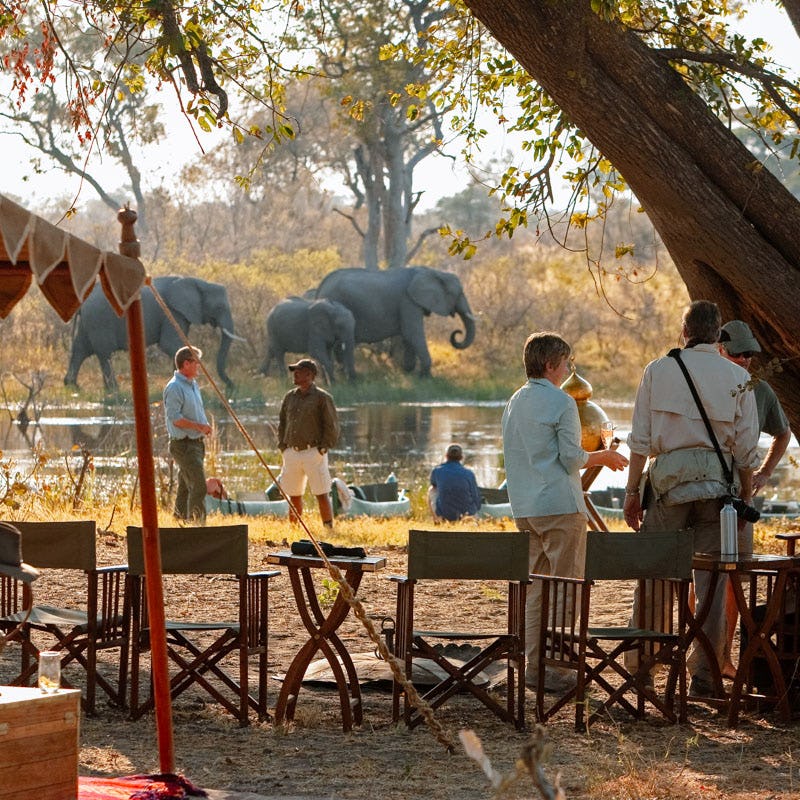The dry sands of the Kalahari have been thirsting for water over the last few years. Each wet season the people and the animals of the Okavango gazed towards the sky in the hope of rain.
But 2017 in the Okavango Delta has been different; their calls were finally answered loud and clear.
Northern Botswana has been pummelled with some of the largest volumes of rain in years, providing well-needed relief for thousands of thirsty animals living along the rivers and pans of this vast World Heritage Site. Some areas received over 1000mm; which is a huge amount for a semi-arid desert in the Kalahari basin.
An update from Machaba Camp in the Moremi Game Reserve:
“This season there has seen more water than one could imagine with the rainwater overflowing the river banks. Floodplains are all submerged and we have access to half the concession. The airstrip also felt the aftermath of the tremendous amounts of rain the Delta has experienced this season, where one can now view hippos on the submerged runway via a mokoro!
No secret that the cats of the Delta are not the biggest fans of getting their toes wet, with leopards spending an obscene amount of their time elevated patiently waiting for the water to dissipate to roam their full territories again. Lions are elevated into the trees to gain a better vantage point and to keep dry.”
Now that the rains are over for the season, the lodges in the delta have been waiting with baited breath to see what this year’s Okavango flood will look like.
The annual floods are the lifeblood for animals and people living in the Okavango, as the swollen rivers from Angola pour down, reaching the Okavango pan handle in May and spreading out into the delta throughout June and July. Some lodges even held concerns of high water levels in the delta flooding buildings and airstrips!
But it’s now early July, and the floods have yet to arrive in any large capacity!
According to data from the Namibia Hydrology, flood levels this year have been very low coming into the delta. 2015 and 2016 had much higher peak surges in water, and this year we are yet to see any significant influx.
So where is all the water?
One theory goes that all the rain that northern Botswana received earlier this year was the rain that was diverted from the Angolan highlands, shifting south and falling over the Kalahari desert in Botswana. So perhaps the water that is supposed to come into the delta this year has already fallen in the delta… a strange turn of events.
The constant change in channel and flood dynamics means certain parts of the Okavango receive changing amounts of water each year with some areas being in a drying phase while others receive water for the first time in decades. This year, there has been a slight drop in water levels north of Chief’s Island, and some of the permanent swamp areas are not seeing much water. Northern Chiefs Island is one of the most spectacular game areas in the Okavango, and this is not likely to change, with the wildlife concentrating around water sources and permanent pans in the delta.
The strong rains have filled many of the floodplains and rivers in the southern Delta, and into the Moremi Game Reserve, but these levels will soon drop too if more flood water does not come down from the north. If the floods don’t come, the net result for the delta will be a dry second half of the year as the rain waters evaporate and leave.
The delta is well known for its water-based safaris, and while it’s hard to say how these dynamics will affect certain areas now (Boat cruises, mokoro trips). If you are thinking of travelling to the delta this year, get in touch with us as we are monitoring the situation carefully. We’ll be able to tell you where’s best to go, and give you the latest insight and information.
All in all, it remains an interesting time for the Okavango Delta hydrology, and that’s what makes visiting this dynamic, unique and fascinating wonder so much of a thrill!











